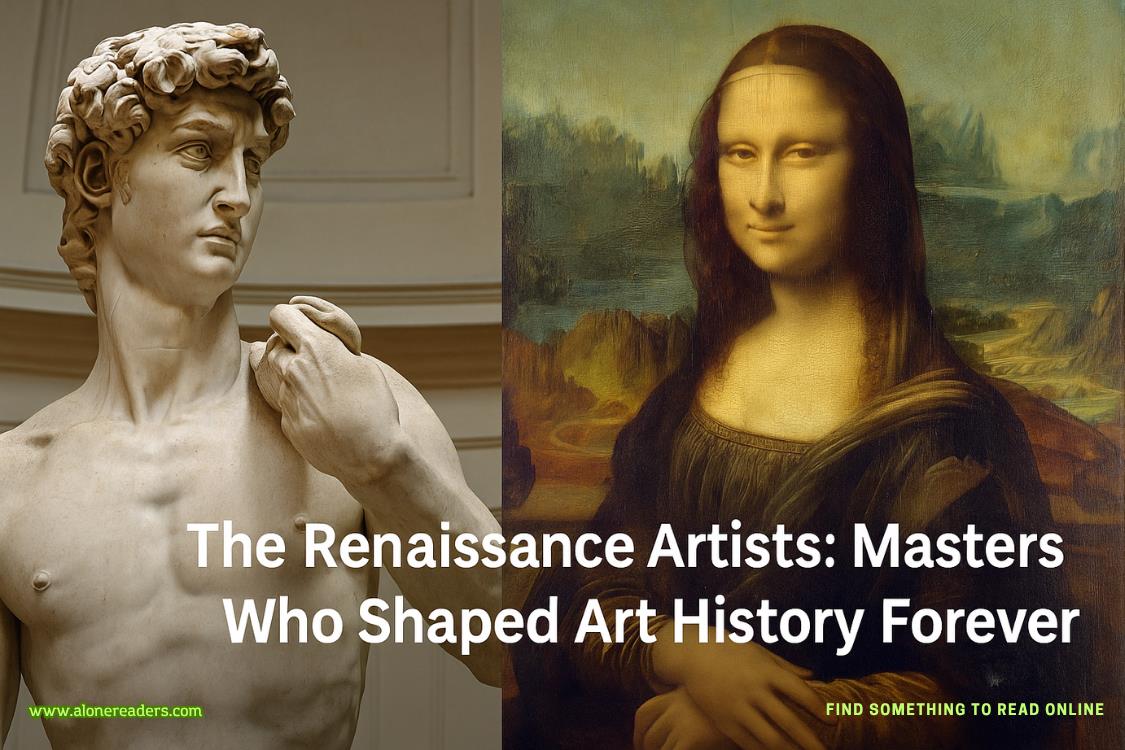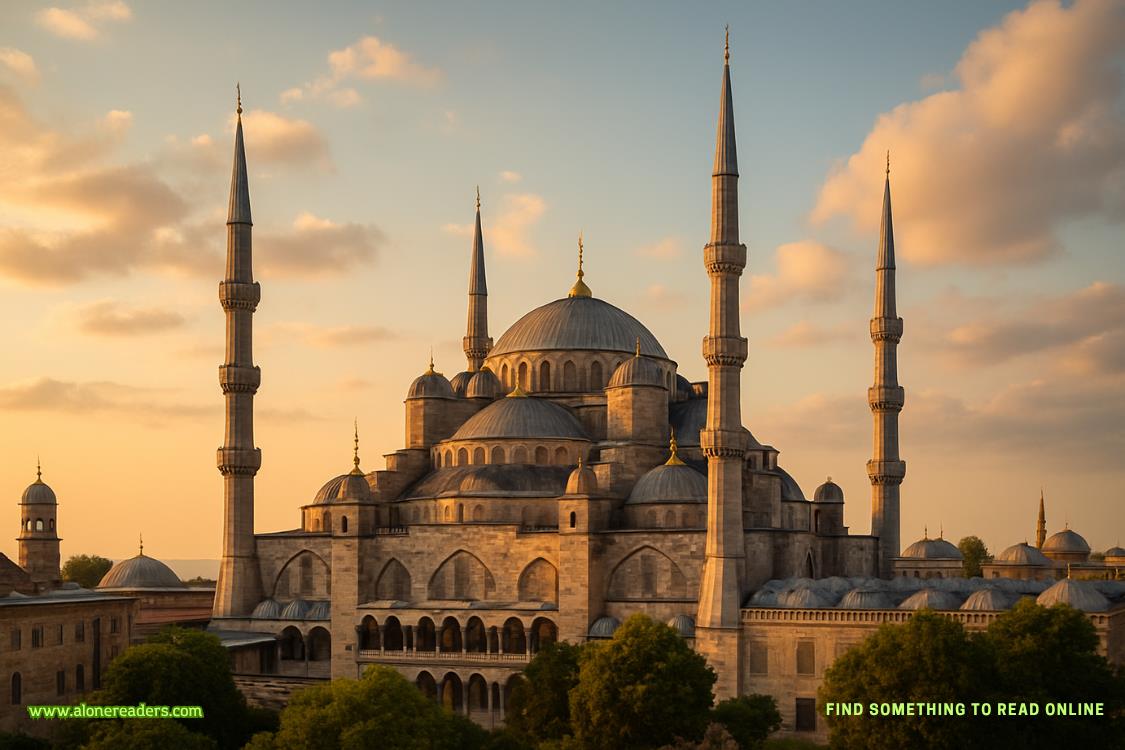“I was planning to leave that in your capable hands.”
“Not this time, darling. It’s your turn.”
“Shall I read her the riot act?”
“You will explain that what she did was wrong. Then you will suggest she find a new hobby. Saving the world from the coming climate apocalypse is exhausting her mother.”
Gabriel eyed the barman. “What say you, Paolo? Do you think I should discipline my daughter for trying to organize a march about climate change?”
“Please don’t, Maestro Allon. Irene is a perfect child. Perhaps the most perfect child in the entiresestiereof San Polo.”
“That settles it, then.”
Gabriel laid a pair of banknotes on the counter and escorted Chiara back to the school. The first children were spilling from the doorway when they arrived. Irene and Raphael, as always, emerged simultaneously. They were surprised to see both of their parentswaiting in the street. Irene, an unusually perceptive child, instinctively took Gabriel’s hand rather than her mother’s.
“Do you know why we’re here?” he asked as they walked along the Calle dei Saoneri.
The child nodded, then began to sob. Gabriel glanced helplessly at Chiara. With a circular gesture of her hand, she implored him to press his advantage.
“What were you thinking?” he asked.
“I thought it was the right thing to do.”
“That’s all well and good, but you went about it entirely the wrong way.”
“How?”
“The flyer, for one. It was a terrible mistake.” Gabriel brushed the tears from his daughter’s face. “You must never allow your adversary to know what you’re thinking.”
2
Dorsoduro
It arrived in the summer of 1630, having made its way eastward from Milan, which had tried and failed to contain its spread. The Republic, with its busy port and humid air, proved a gracious host, as it had several times in the past. The fleas killed the rats first, then the people. Nearly twenty-one thousand perished between September and December alone. By the time it was finally over, a third of the population was gone. Though the doge and the Council of Ten did not know it then, Venice would never be the same.
The Venetian Senate, while the plague was still raging, decreed that a new basilica should be built on the Punta della Dogana in Dorsoduro, that it should be dedicated to the Virgin Mary, and that once each year, on the feast day celebrating her presentation at the Temple in Jerusalem, the senators and the doge would convene there after processing across the Grand Canal over a pontoon bridge. Gabriel arrived at the basilica early the following morning in a far less conspicuous manner—aboard a Number 1 vaporetto. He made his way across the deserted quay to a seldom-used side entrance crowned by a stone Venetian lion. Two knocks on the heavy wooden door summoned an elderly priest in a black cassock.
“Buongiorno, Signore Allon. And how are you this day?”
“Not well, I’m afraid.”
“Are you under the weather?”
“No, Father Giovanni. It seems my wife is angry with me.”
“Again?” The priest gave a sigh of resignation. “What have you done now, my son?”
“It’s cumulative at this point, Father. Therefore, I have no hope of forgiveness.”
“Perhaps I might have a word with her.”
“I’d leave well enough alone, if I were you. Chances are it will only make matters worse.”
The old priest escorted Gabriel into the murky half-light of the basilica. Eight radiating chapels ringed the soaring octagonal central nave. The view of one of the chapels was obstructed by a shrouded scaffold.
“I’ll leave you to your work,” said the priest, and vanished into the gloom.
Gabriel slipped through a gap in the tarpaulin and climbed the scaffolding to his work platform. For now, his supplies were limited to a flask of carefully calibrated solvent, a package of wooden dowels, and four bags of cotton wool—enough cotton wool, he reckoned, to remove the dirty varnish from approximately half of the enormous canvas. Three months was the estimate he had given the Venetian cultural authorities, with another three months to execute the required retouching. He might have managed to complete the restoration in a timelier fashion were it not for the fact that the basilica, one of Venice’s most prominent tourist attractions, would remain open to the public for the duration of the project. It was not, for any number of reasons, Gabriel’s preferred method of working.















